The Automotive Air Suspension System Market is currently characterized by a dynamic competitive landscape, driven by technological advancements and increasing consumer demand for enhanced vehicle performance and comfort. Key players such as Continental AG (Germany), Wabco Holdings Inc. (United States), and BWI Group (China) are strategically positioning themselves through innovation and regional expansion.
Continental AG (Germany) focuses on integrating advanced sensor technologies into their air suspension systems, enhancing vehicle stability and safety. Meanwhile, Wabco Holdings Inc. (United States) emphasizes partnerships with automotive manufacturers to develop tailored solutions that meet specific market needs, thereby strengthening its market presence. BWI Group (China) is leveraging its manufacturing capabilities to optimize production efficiency, which is crucial in a moderately fragmented market where competition is intensifying.
In terms of business tactics, companies are increasingly localizing manufacturing to reduce costs and improve supply chain resilience. This approach not only enhances responsiveness to regional market demands but also mitigates risks associated with global supply chain disruptions. The competitive structure of the Automotive Air Suspension System Sector appears to be moderately fragmented, with several players vying for market share. The collective influence of these key players is shaping a landscape where innovation and operational efficiency are paramount.
In August 2025, Continental AG (Germany) announced the launch of its new air suspension system designed specifically for electric vehicles, which is expected to enhance ride comfort while optimizing energy consumption. This strategic move aligns with the growing trend towards electrification in the automotive sector, positioning Continental as a leader in sustainable vehicle technology. The introduction of this system not only reflects the company's commitment to innovation but also addresses the evolving needs of consumers seeking eco-friendly solutions.
In September 2025, Wabco Holdings Inc. (United States) entered into a strategic partnership with a leading electric vehicle manufacturer to co-develop advanced air suspension systems. This collaboration is likely to enhance Wabco's technological capabilities and expand its footprint in the rapidly growing electric vehicle market. By aligning with a prominent player in the EV space, Wabco is poised to leverage synergies that could lead to significant advancements in air suspension technology.
In July 2025, BWI Group (China) expanded its manufacturing facility in Shanghai to increase production capacity for air suspension systems. This expansion is indicative of BWI's strategy to meet the rising demand for high-performance suspension solutions in both domestic and international markets. By enhancing its production capabilities, BWI is not only improving its competitive position but also ensuring that it can respond swiftly to market changes and customer requirements.
As of October 2025, the Automotive Air Suspension Systems Market is witnessing trends that emphasize digitalization, sustainability, and the integration of artificial intelligence. Companies are increasingly forming strategic alliances to enhance their technological capabilities and market reach. The competitive differentiation is likely to evolve from traditional price-based competition to a focus on innovation, advanced technology, and supply chain reliability. This shift suggests that companies that prioritize research and development, alongside strategic partnerships, will be better positioned to thrive in this rapidly changing market.
In July 2025, TVS Mobility’s subsidiary acquired Italian automotive component maker Roberto Nuti, enhancing its manufacturing capabilities in suspension and precision parts. This strategic move strengthens TVS’s global supply network and boosts its aftermarket product portfolio.
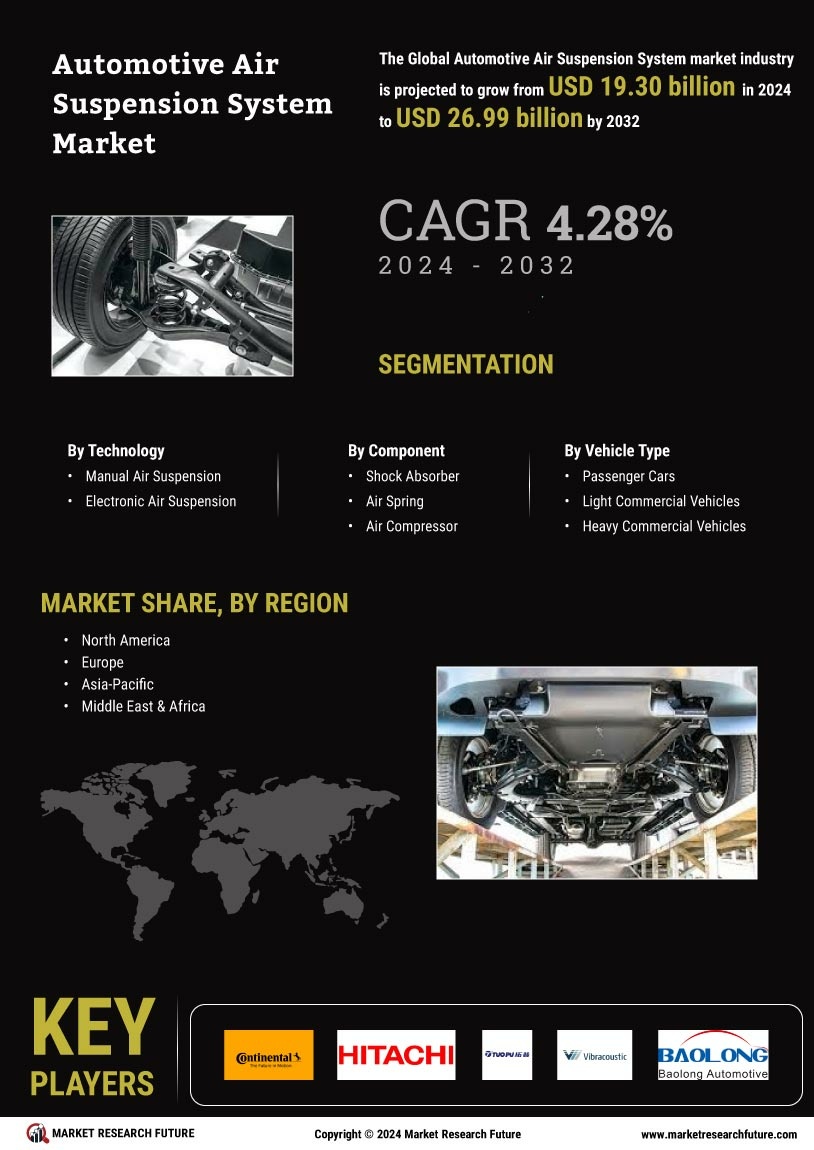

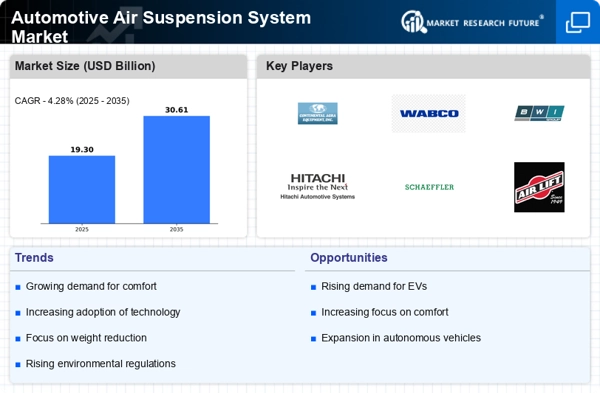
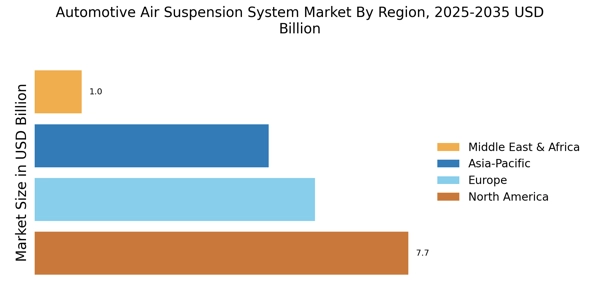
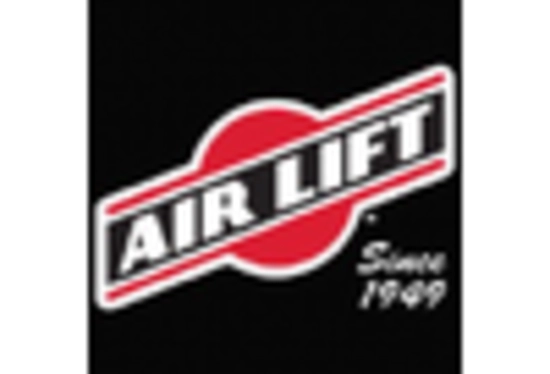
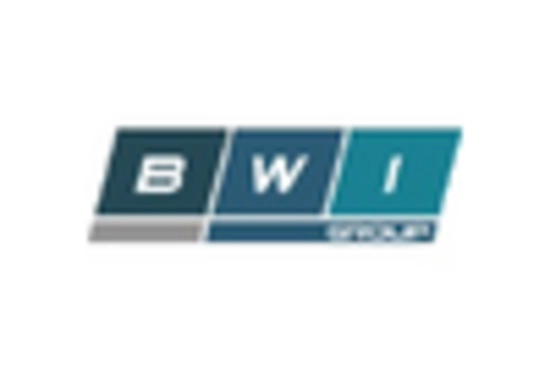

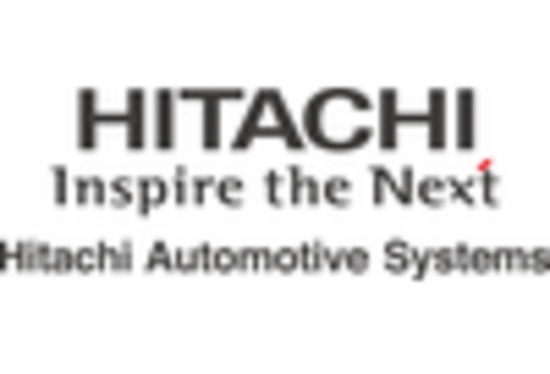
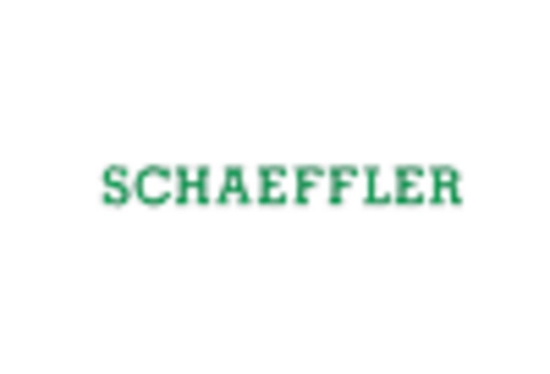
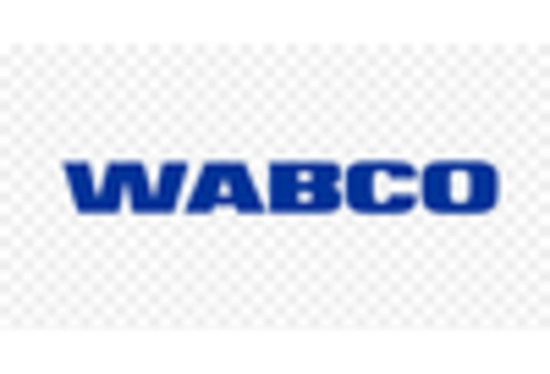








Leave a Comment